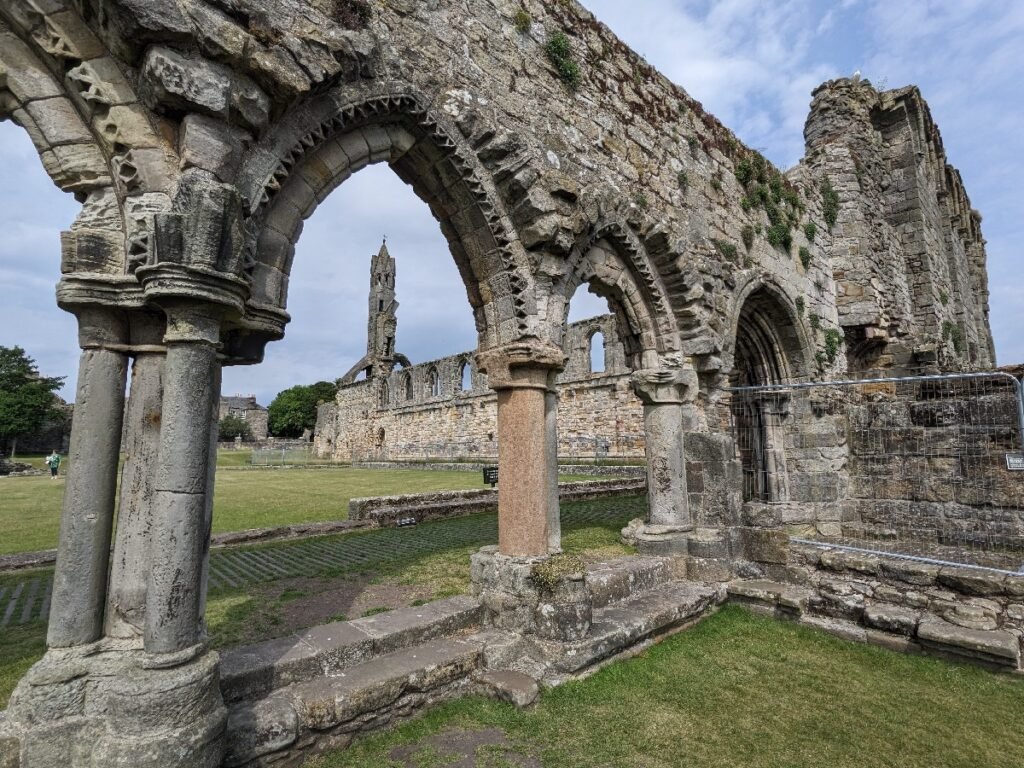29th May 1546
Cardinal David Beaton is assassinated at St Andrews
Cardinal David Beaton was Archbishop of St Andrews, and was assassinated when in that city, which was then the headquarters of the church in Scotland, in 1546. He was a Roman Catholic and aged about 52 at the time of his death although there is uncertainty over his birthdate.

Ambassador to France
During his life, he was ambassador to France, where he had previously studied, which would have given him a good working knowledge of French. This would also have helped when he was appointed bishop in the south-western French diocese of Mirepoix. He was made a cardinal very soon after being consecrated and, by the late 1530s, had been appointed archbishop at St Andrews. This made him the most important man of the church in Scotland.
When King James died, Beaton’s problems began. Just six days old, Queen Mary was too young to reign in her own right, so regents were appointed in her place. Beaton claimed the right to be one such regent, but this was disputed by others who wanted the position for themselves and he was imprisoned for siding with France against British interests.
Beaton released
Beaton gained his freedom within a few months but wasn’t content to live a quiet life. He exercised the rights that being archbishop conferred upon him, which included the arrest for heresy, trial and subsequent execution at St Andrews Castle of the Protestant George Wishart. Beaton is said to have sat at one of the castle windows and watched Wishart burning at the stake outside.
By now, Beaton would have had plenty of enemies, and he could add Wishart’s supporters to the list. Norman Leslie and William Kirkcaldy led a band of men to St Andrews Castle early in the morning of 29 May 1546. They were disguised as stonemasons. One of the guards stationed there was stabbed to death and, when Beaton barricaded his door, the intruders tried to burn it down. As smoke came into his room, Beaton opened the door and told the men that they could not kill him as he was a man of the church. Seemingly unperturbed, the men stabbed him to death, then put his body on display by hanging it out of the window. When they took it down, they preserved it.
